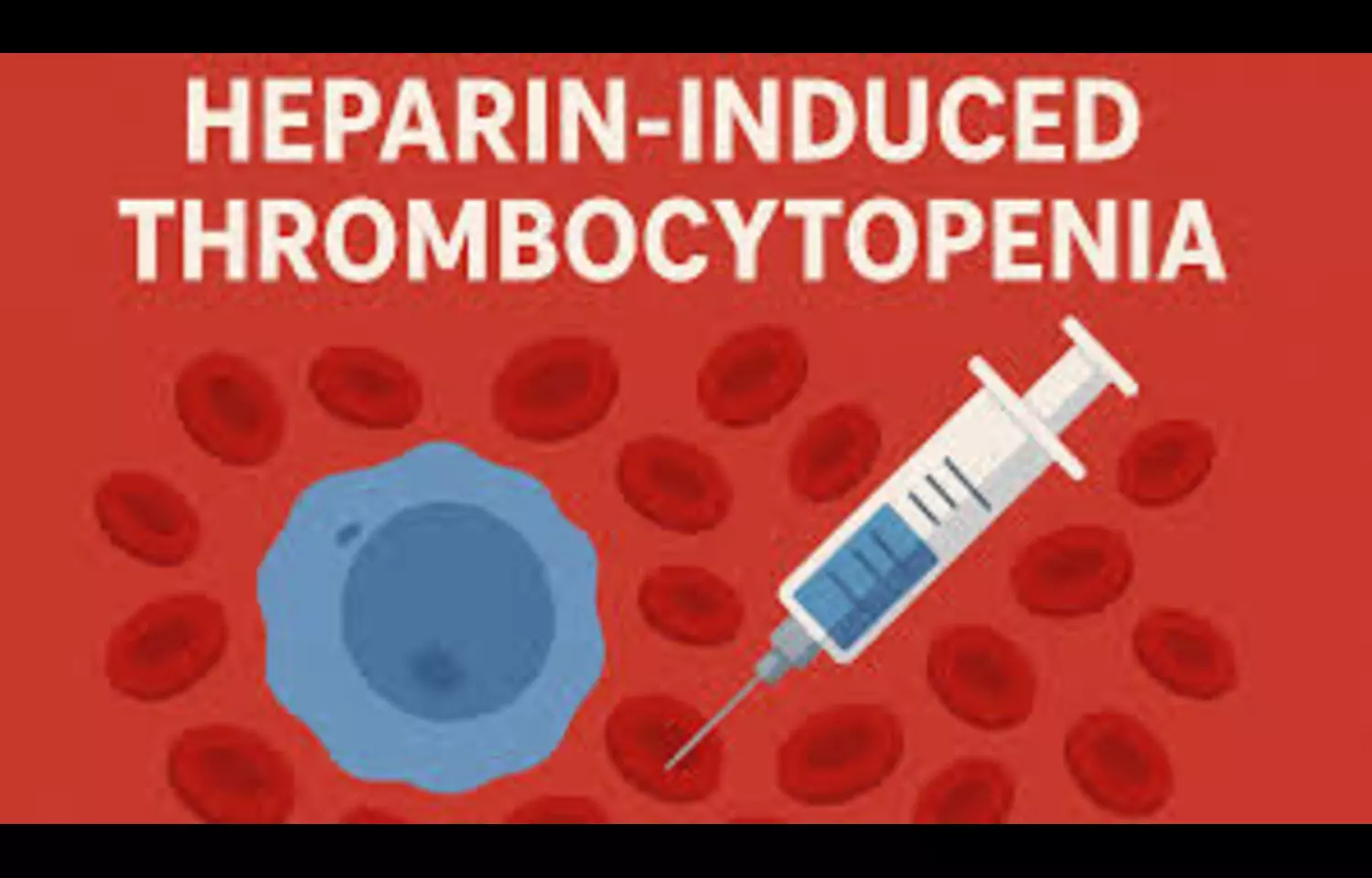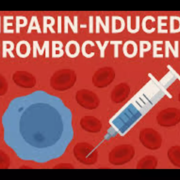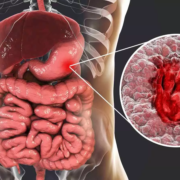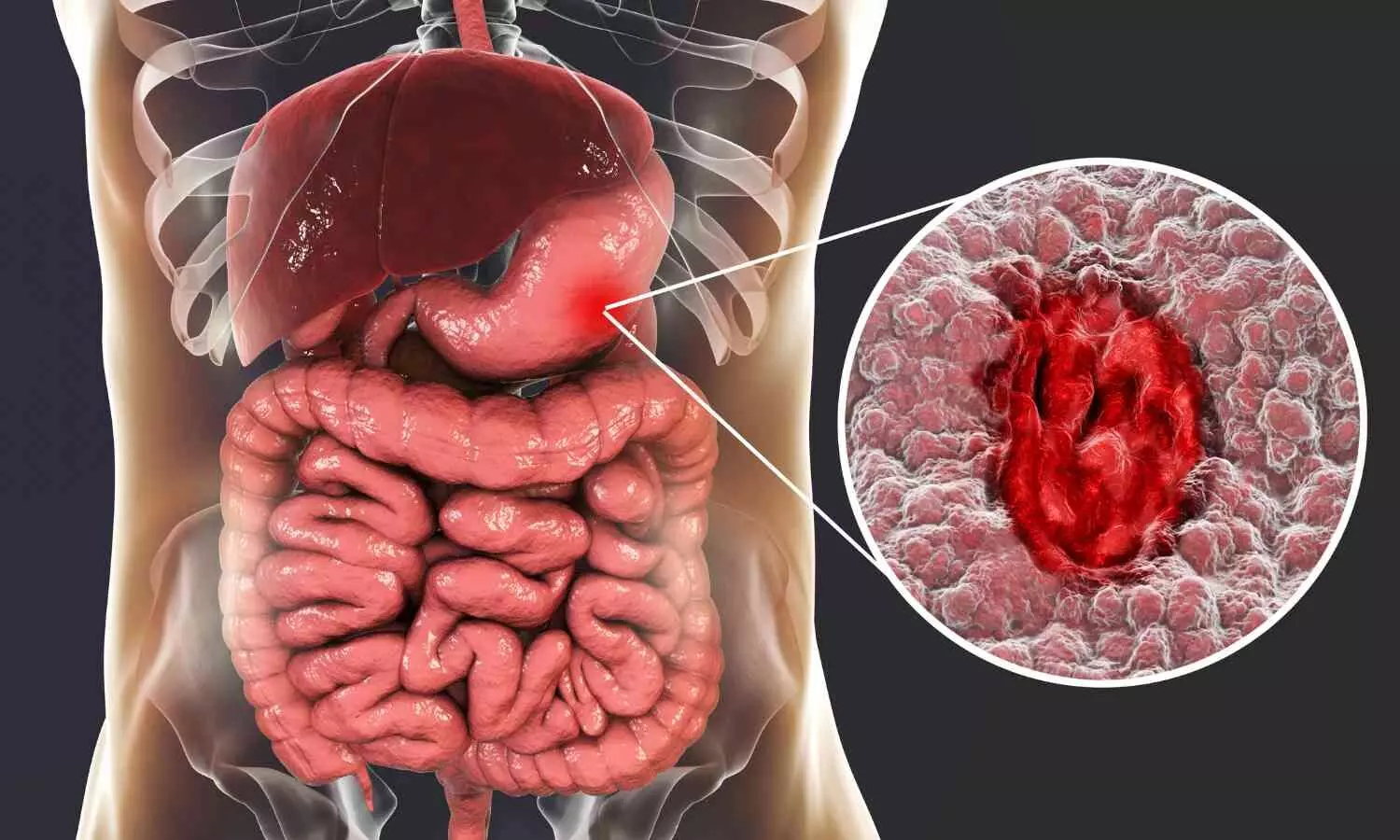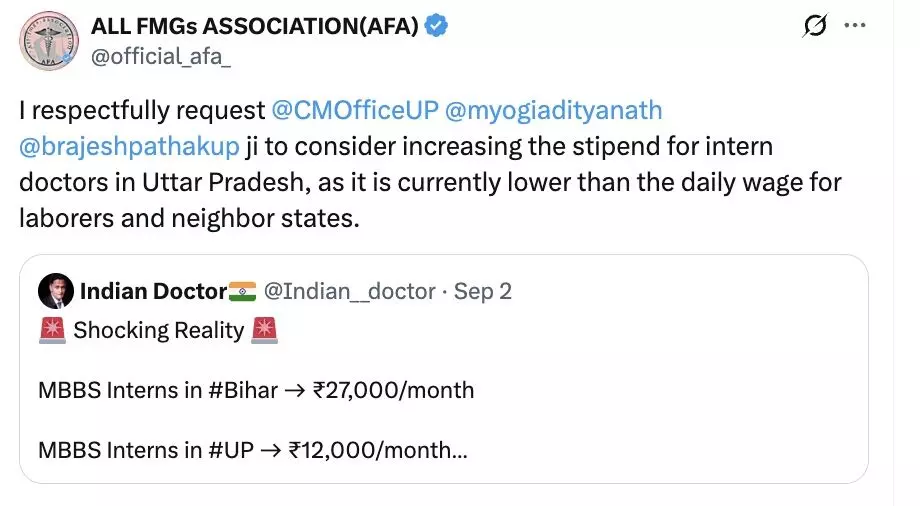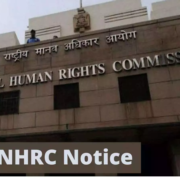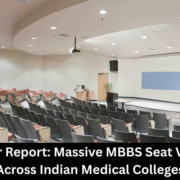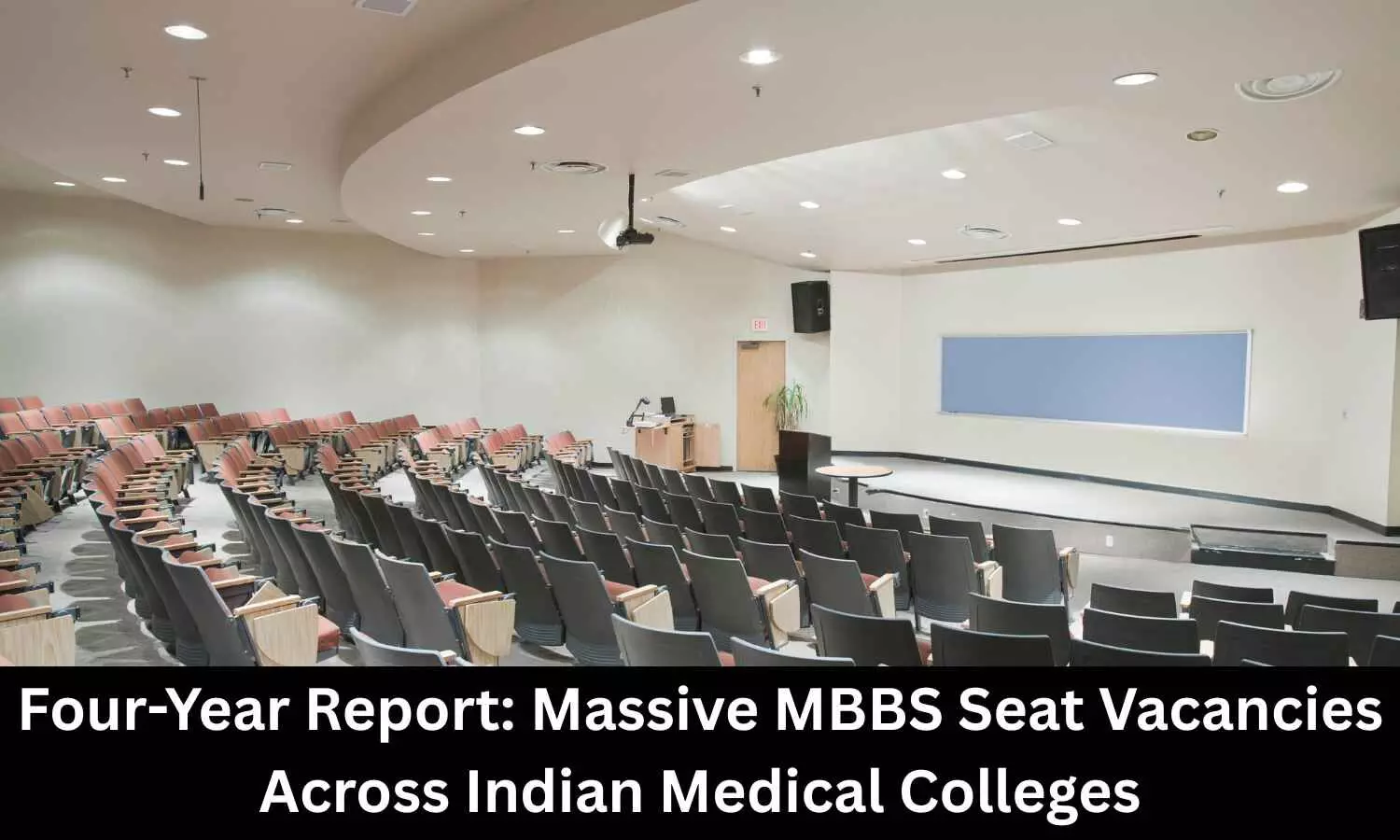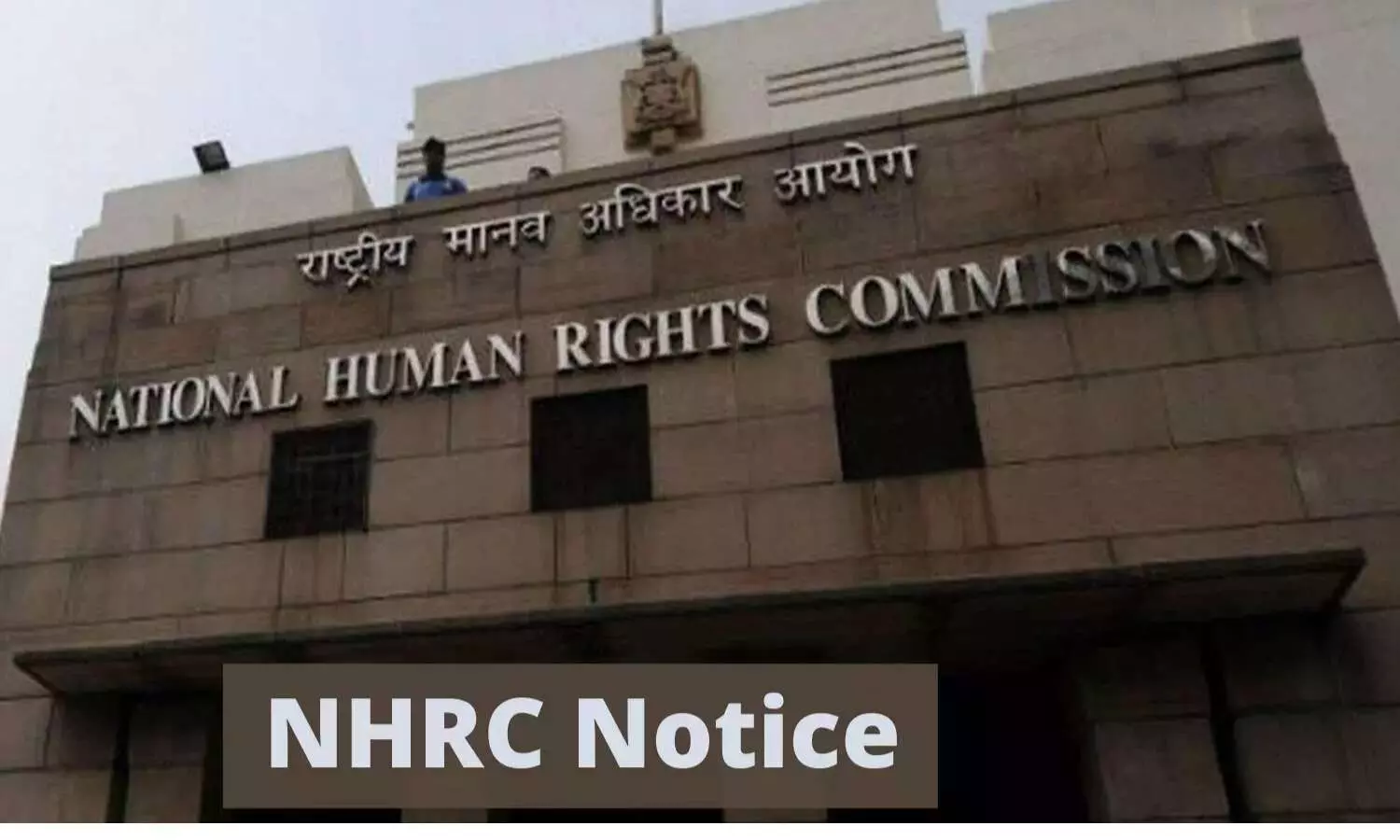
Bhopal: Taking cognisance of the deaths of two newborns allegedly bitten by rats at Indore’s government-run Maharaja Yeshwantrao (MY) Hospital, the National Human Rights Commission (NHRC) has issued notices to the Principal Secretary, Public Health and Medical Education Department, Madhya Pradesh government, and Indore District Collector, seeking an action taken report within 10 days.
Medical Dialogues had reported that two newborns were bitten by rats inside the Neonatal Intensive Care Unit (NICU). One of the newborns, bitten over the weekend, passed away on Tuesday. The second infant admitted to the same neonatal intensive care unit (NICU) reportedly died after suffering injuries believed to be caused by a rat.
However, hospital authorities stated that the cause of death of the two infants was their critical medical condition, not the rat bite. They attributed their deaths to pneumonia and septicaemia, respectively. According to hospital officials, the reported rat bite resulted only in “minor scratches” on two fingers and was not a contributing factor in the fatality.
Also read- Another newborn dies amid rat bite allegations at Indore Hospital
While hospital authorities claimed that both newborns died due to pre-existing medical conditions, including congenital deformities, families and civil society groups have alleged gross negligence, as they claimed that the deaths are linked to alleged rat bites inside the hospital’s neonatal intensive care unit (NICU).
In support of the deceased infant’s families, a non-profit organisation, Network for Access to Justice, filed a complaint before the commission and sought immediate action against the responsible individuals and the urgent need for accountability, alleging that the families of the children have suffered irreparable loss.
While considering the matter, the commission in the notice said, “The complainant stated that this horrifying event highlights gross medical negligence and a complete failure to ensure basic hygiene and patient safety. Such a lapse not only breaches the trust of citizens in public healthcare but also constitutes a serious violation of the Right to Life and Health under Article 21 of the Constitution.”
In its notice, the NHRC has directed authorities that the allegations levelled in the complaint be inquired into, and asked to submit an “action taken report within 10 days” for perusal of the commission.
The Commission further stated, “Immediate measures must be taken to improve sanitation, pest control, and overall safety standards in government hospitals across the State. The allegations made in the complaint prima facie seem to be serious violations of the human rights of the victims.”
Speaking to The Hindu, NHRC member Priyank Kanoongo said, “Such incidents revealed a pathetic state of affairs at government hospitals in the State, while also pointing out that no action has been taken against any senior official in the matter.
“If the action is only taken against a company that provides manpower and some nursing staff, nothing is going to improve. For the system to be fixed, accountability has to be fixed from the top,” he added.
More serious accusations
The Jai Adivasi Yuva Shakti (JAYS), a tribal organisation, on Monday claimed rats had gnawed four fingers of one of the deceased infants and accused the medical facility’s administration of lying and misleading everyone. They demanded suspension of the hospital superintendent and other senior officials, along with registration of a case of culpable homicide not amounting to murder.
If the demand is not met by Monday evening, the tribal community would launch a major agitation, JAYS national president Lokesh Mujalda warned.
Two newborn girls, who had been bitten by rats in the hospital’s ICU, died recently, raising questions about the institution’s functioning.
One of them, the daughter of Devram from Dhar district, who was admitted to the hospital with congenital deformities, died after the rat attack, Mujalda claimed while talking to PTI. The body was handed over to the family in a plastic bag after the post-mortem on Saturday evening, he said.
When the packing was removed before the funeral, the family was devastated and enraged to notice that four fingers on one hand of the baby had allegedly been gnawed by rats, Mujalda said.
He accused the MYH administration of misleading everyone by initially claiming the baby had only suffered minor injuries to her fingers due to rat bites.
On Saturday, JAYS functionaries staged a protest at the hospital with the bereaved parents seeking compensation of Rs 1 crore each for the families of the two infants, as well as registration of a culpable homicide case against senior officials.
“The district administration has assured us that the necessary steps will be taken to suspend senior officials of MYH and register an FIR against them. If this demand is not fulfilled within 10 days, another protest will be staged by us at MYH,” Mujalda had said.
The hospital administration has so far taken disciplinary action against six officials, including suspension and removal from posts, in connection with the deaths.
Also read- Rahul Gandhi slams PM Modi, State Govt over newborns’ death at Indore Hospital
